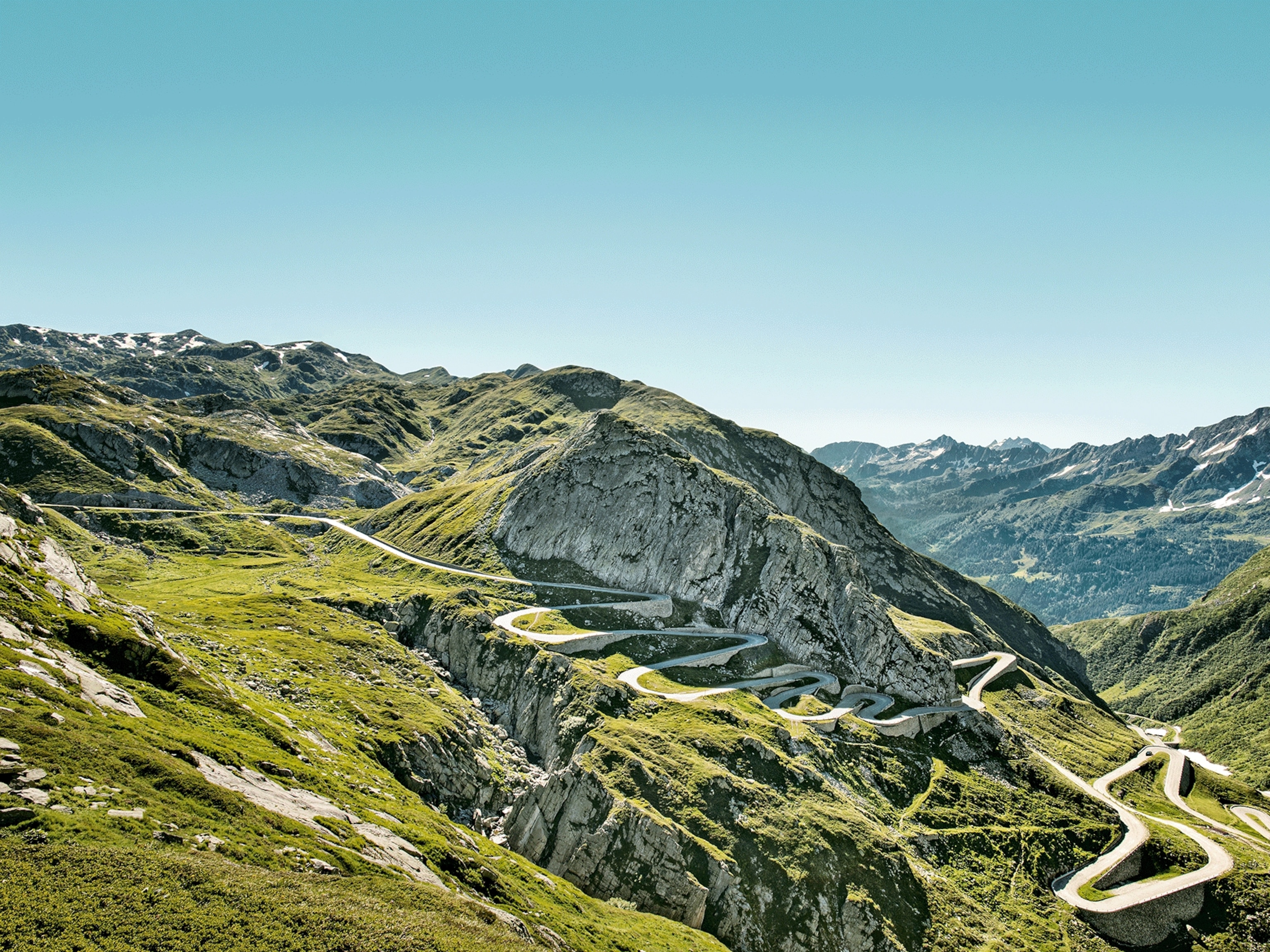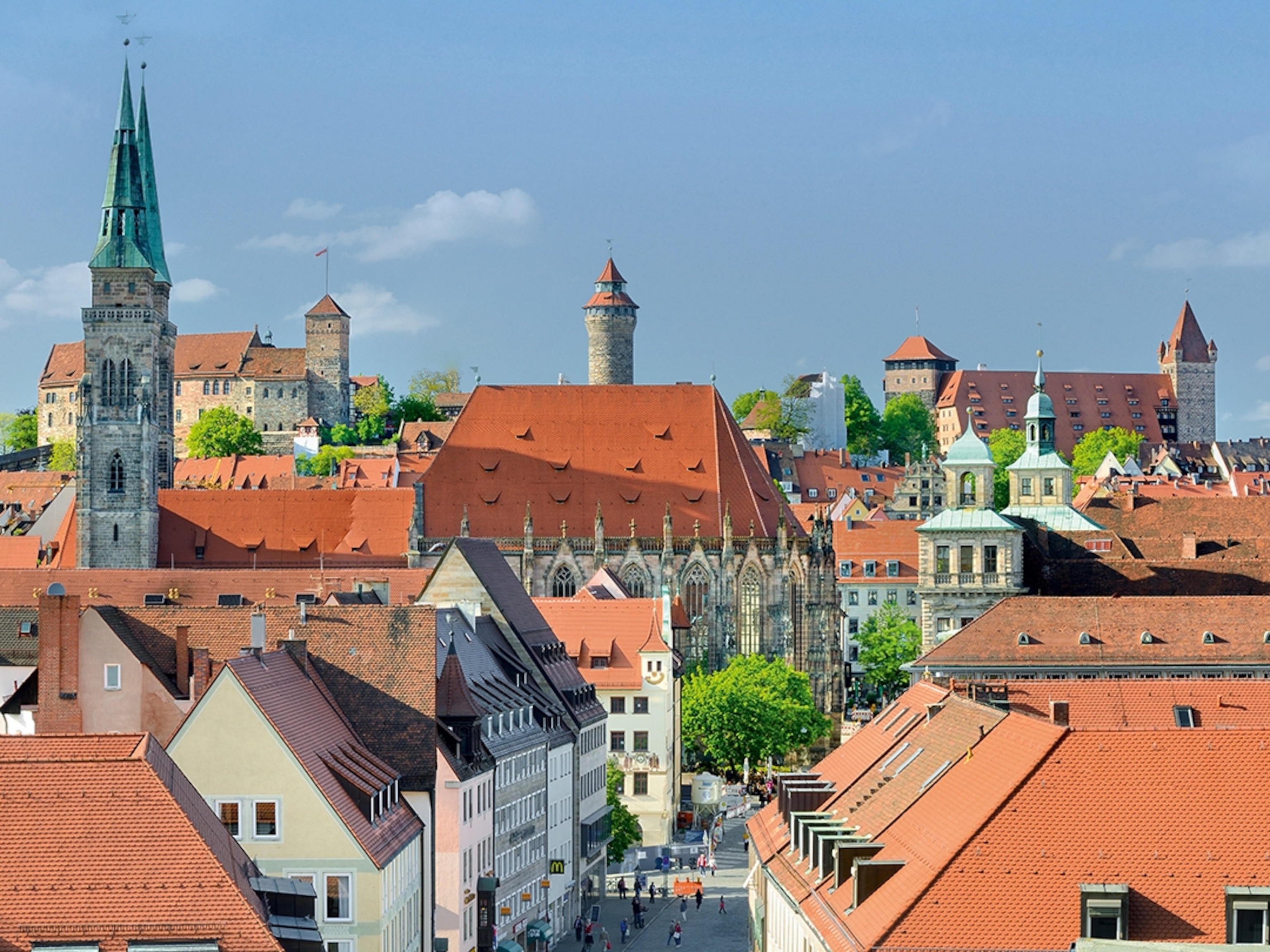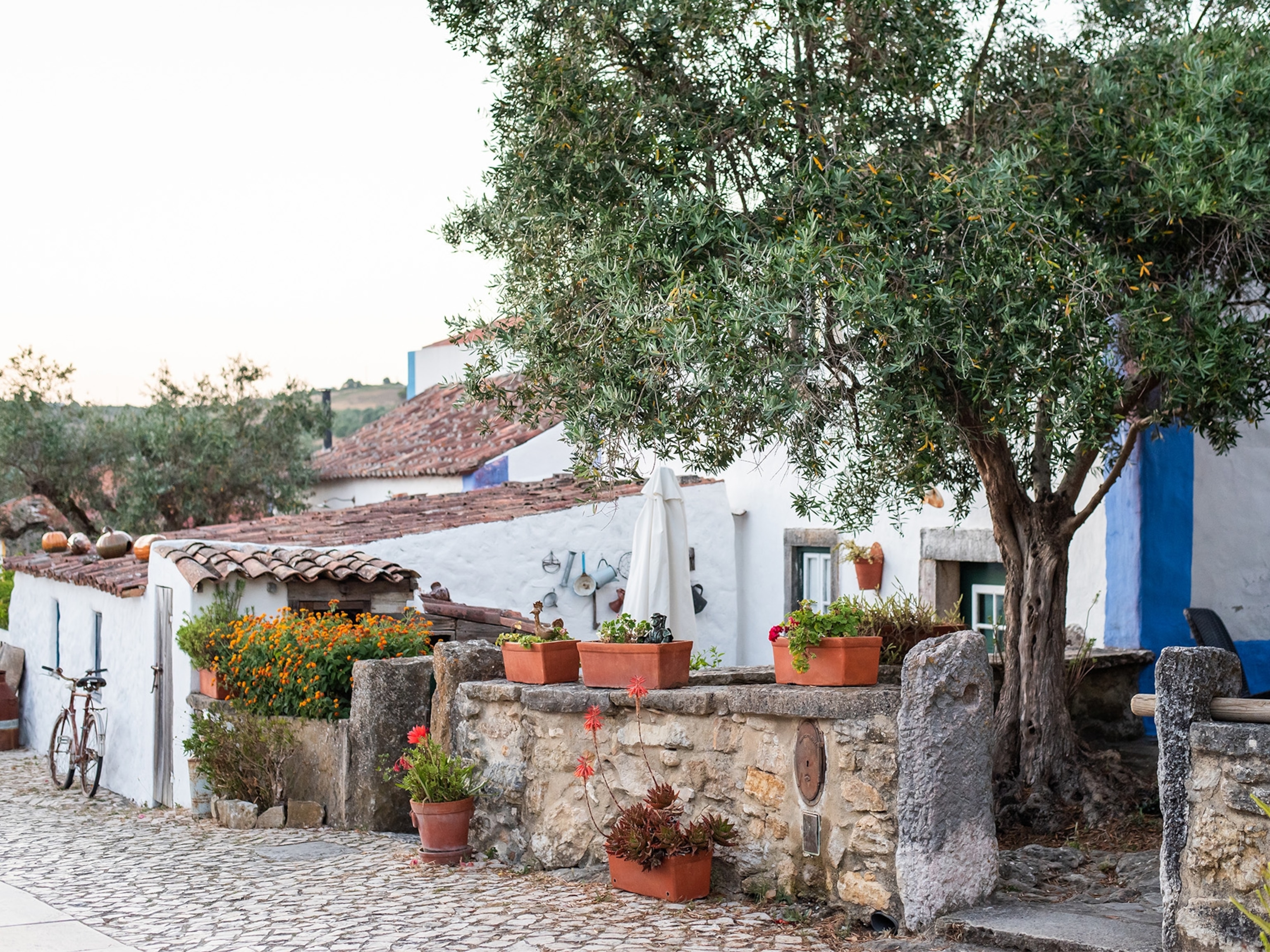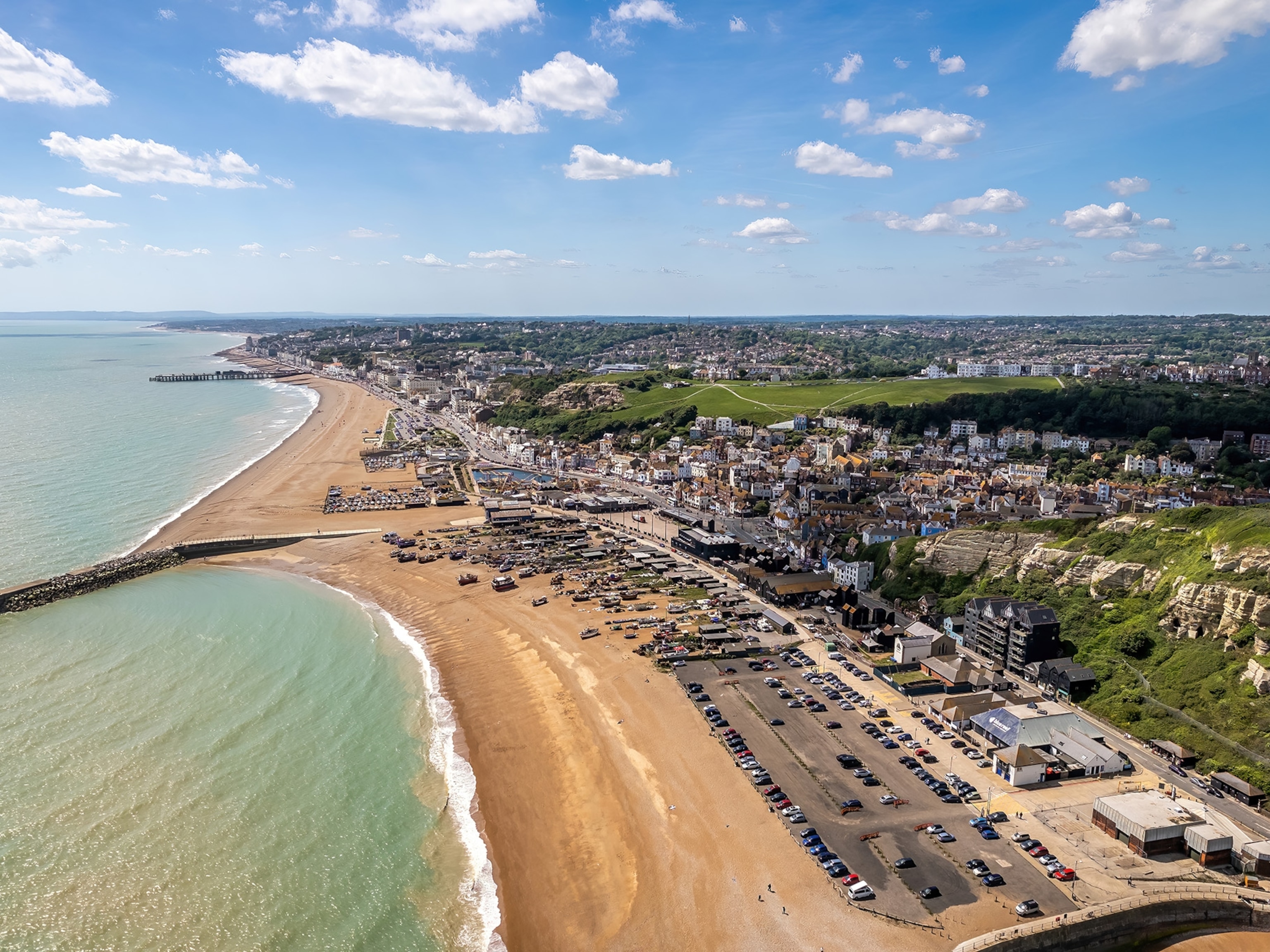Where to travel in January
From festivals in Cuba to gravity-defying ice sculptures in Northern China, there’s plenty going on in the world during the first month of the year.
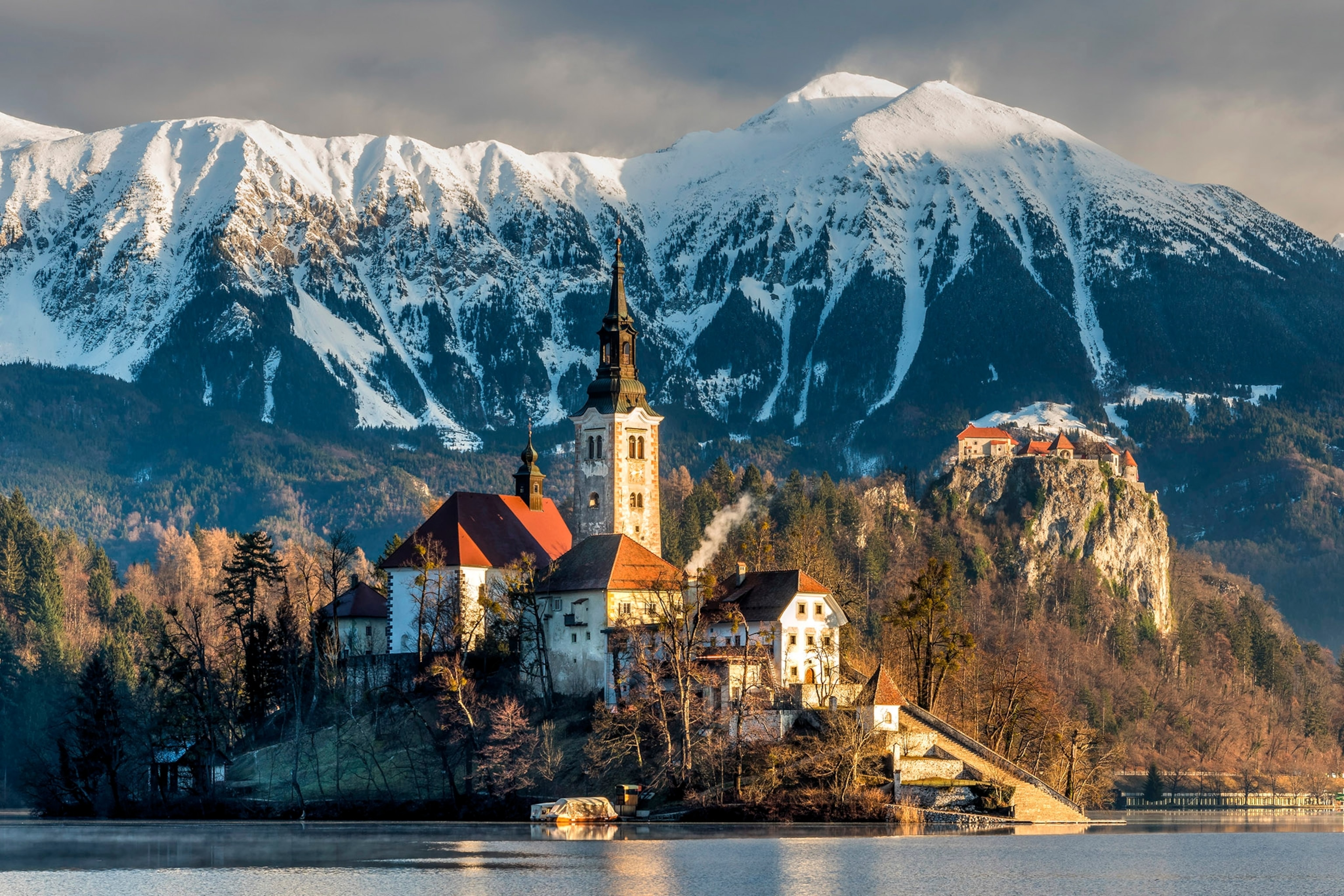
As a new year kicks off, the world’s Northern Hemisphere has settled into the frosty peak of winter, while nature and people buzz with a fresh lease of life in the south. Tanzania enters the height of calving season, welcoming the newest offspring of its wildebeest and big cat residents and Cuba becomes the rhythmic epicentre of the jazz world, luring some of the biggest musical talent into its vibrant capital city. For those eager to embrace the snow this month, both Slovenia and mainland Greece turn into underrated skiing escapes, with the latter celebrating Epiphany in rather unique — and wet — ways. No matter if hot island escapes or icy adventures are on your mind, these destinations are perfect for escaping the gloom of winter.
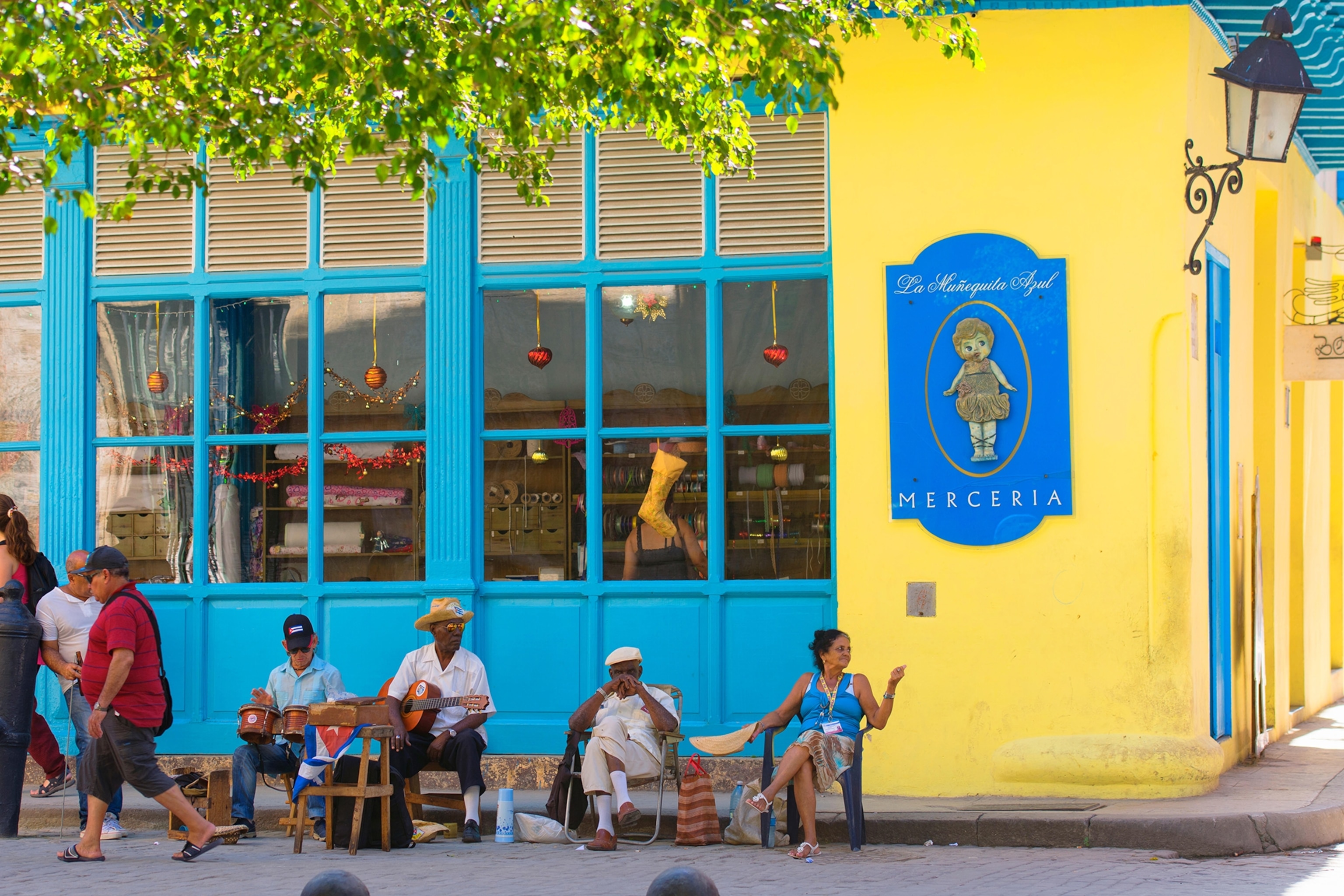
1. Cuba
Weather: 25°C, low rainfall
Why now: International Jazz Festival
Winter is the ideal time to take advantage of Cuba's cooler dry season in favour of Triunfo de la Revolución (Triumph of the Revolution), a national holiday celebrating Fidel Castro's forces taking control of Havana in 1959. Beyond the capital, the western area of Pinar del Rio and Valle de Vinales is abundant with lush plantations where more of Cuba's tobacco harvest takes place. Fifth-generation tobacco farmer Hirochi Robaina offers an immersive window into the history of one of the country’s most storied exports through guided walking tours. Beyond the harvest, Varadero makes for a perfect beach break with fewer crowds while boat tours of the Cueva de Ambrosio caves at Josone Park offer a fascinating insight into Cuba’s ancient art and resident bats. Should the rhythms of Havana still entice, be sure to drop in for the International Jazz Festival later in the month to catch some of the world’s most talented musical acts.
Like a local: Stay in local’s homes, or casas particulares, to get the full experience and bring enough US dollars in cash.
(See the best of Cuba with these two classic itineraries.)
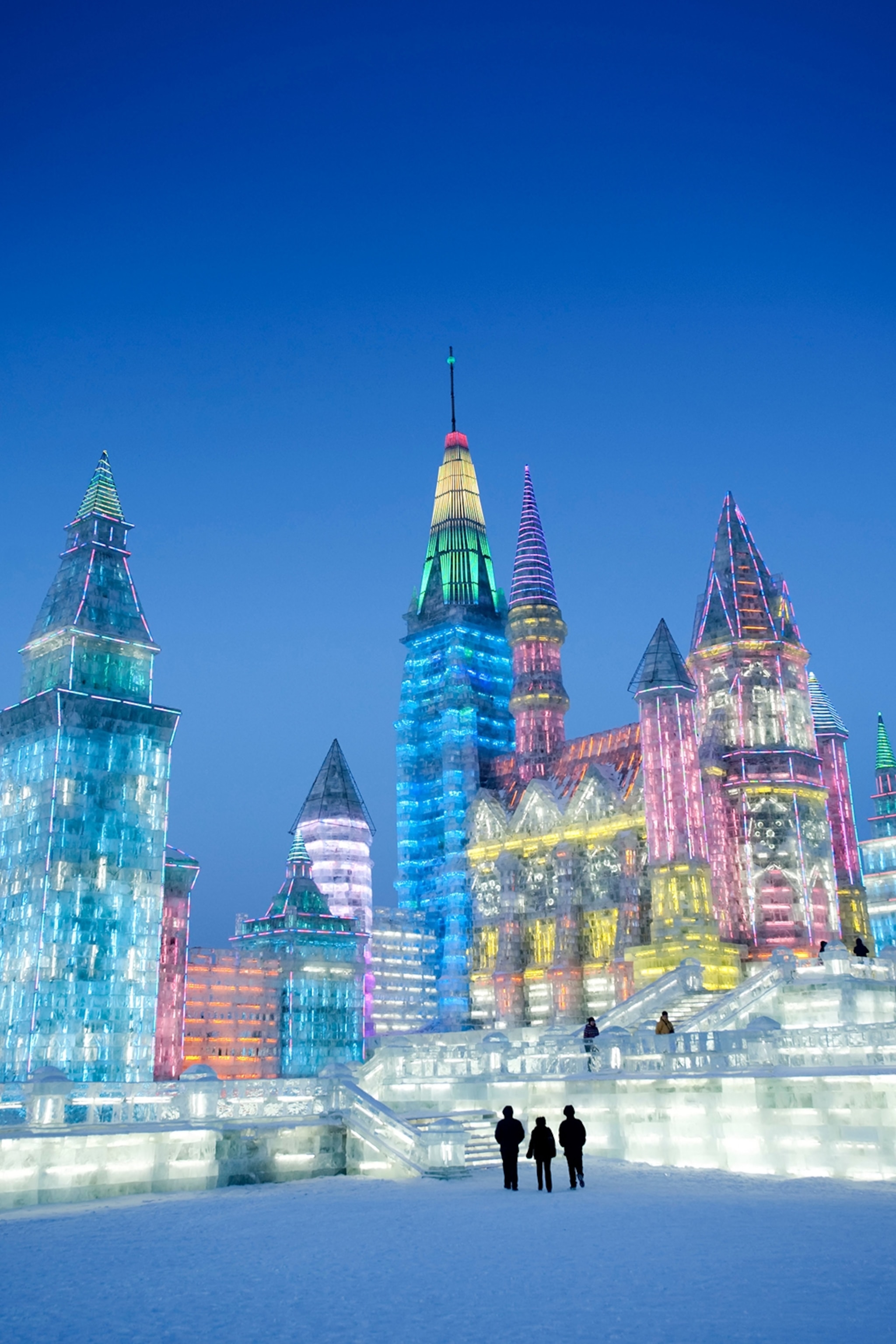
2. China
Weather: -12 to 11°C
Why now: Spectacular winter shows
It’s not everywhere in the world that those willing to brace for below-zero temperatures can see splashed water turn into ice almost instantaneously, but in China’s Snow Town, a small, historic town in the Xuexiang National Forest Park, a prolonged winter climate (October to May) makes this spectacle a daily occurrence. The traditional wooden house village is transformed into a photographer's dream with unique snowscapes reminiscent of mushrooms. Meanwhile, the annual Ice and Snow Festival returns to Harbin from 5 January onwards, with some of the towering and intricate sculptures accessible as early as the festive period in late December. Harvested from the local Songhua River, the ice is transformed into castles, statues and more. The highlight is twilight descending when the festival grounds turn into an unforgettable light show.
Like a local: Apps like Alipay, real-time translators and a local VPN will make navigating China much easier.
(Stopping in the country's biggest city? Here's how to spend the perfect day in Shanghai.)
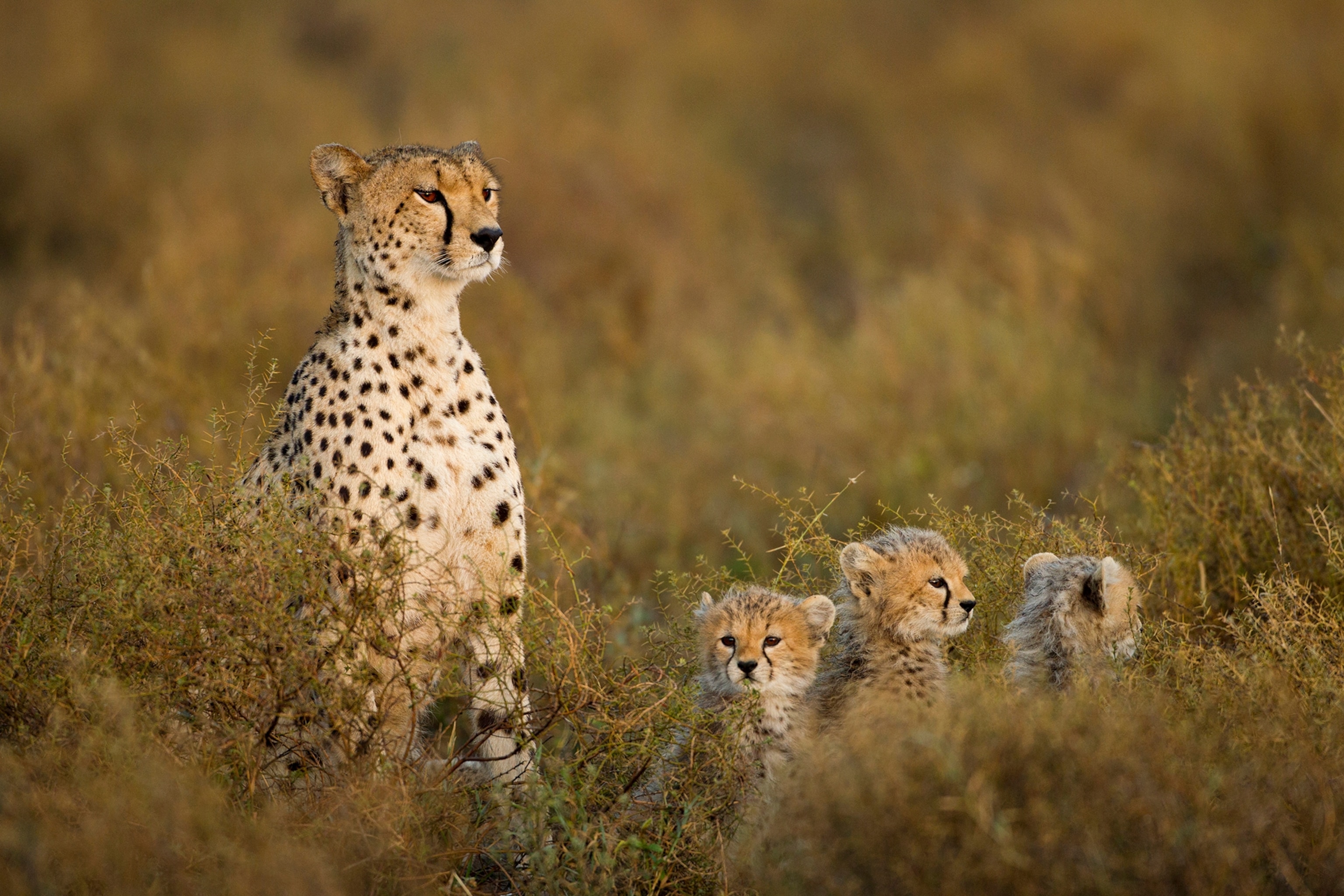
3. Tanzania
Weather: 19 to 31°C, low rainfall
Why now: Calving season
Most travellers head to Tanzania for the eagerly anticipated Great Migration, however, a short window in January proves vital for this natural spectacle to occur in the first place. Following a rainy stretch, the plains of the southern Serengeti turn green with vegetation and wildebeest herds welcome their fresh offspring. During this time, lucky safari-goers might be able to witness newborn calves take their first wobbly steps, while the lion and cheetah cubs won’t be far away. As January falls into the off-season for most travellers, lodgings are more likely to offer more affordable stays and the calm waters in Zanzibar are best for diving this time of year. January’s clear skies also allow for unobstructed views of Mount Kilimanjaro. For ultimate immersion in Swahili culture, catch the annual Wanyambo Festival, a four-day celebration in Dar es Salaam with traditional dance, food, art and costumes taking centre stage.
Like a local: When using taxis in Zanzibar, always agree on the price beforehand and only use those with red registration plates.
(Idyllic Zanzibar is the cradle of African Swahili culture — here’s why.)
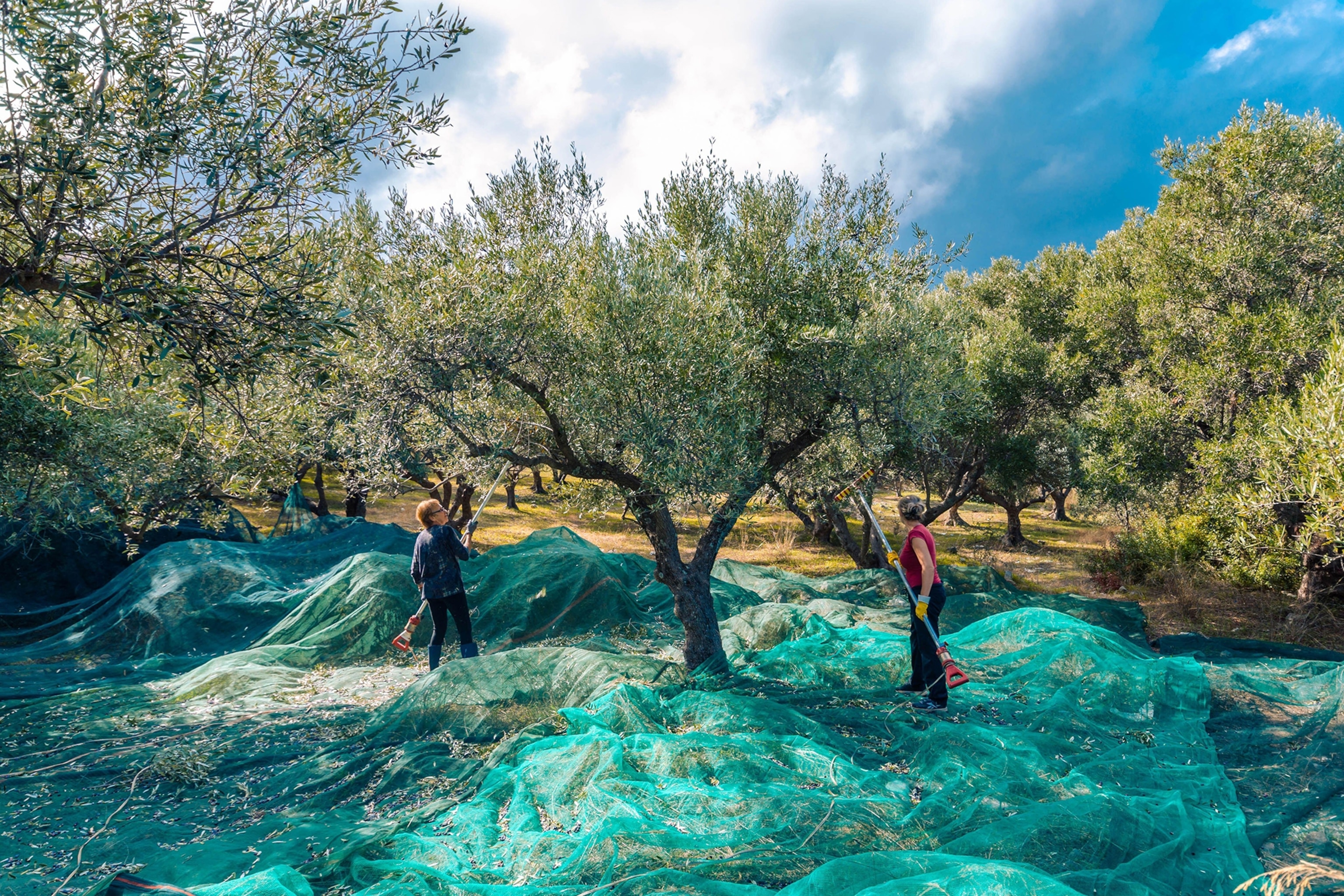
4. Greece
Weather: 9 to 15 °C
Why now: Olive harvest and Epiphany celebrations
Greece’s charm persists long after travellers — and heatwaves — have passed. Instead, escape the chilling grip of winter in ever-enticing cities, such as Athens and Thessaloniki, catch historical sites without the crowds or head north to Mount Parnassos for underrated skiing on its 21 sea-view slopes. Epiphany, which falls on 6 January, is one of the major events in the Greek Orthodox church calendar. This Christian feast day brings communities together with lavish meals and festive traditions, such as diving in the brisk waters for a wooden cross that’s been thrown in by a priest to mark the blessing of Christ. Even though most islands have closed for winter, Crete’s olive harvest is in full swing. The Olive Oil Farm outside Chania offers season-specific tours through its ancient groves before wrapping the experience up with a cooking class and a tasting of Greece’s liquid gold.
Like a local: Some places on Greece’s mainland might still observe siesta between 1pm-4pm in winter, so be aware of shop closures and quiet hours.
(Discover more of Greece's religious side on this pilgrimage for monks.)
5. Slovenia
Weather: -2 to 5°C, dry
Why now: Skiing and caves
In summer, Slovenia already attracts travellers with its abundance of hiking and cycling trails, but in winter, the frosty peaks and lakes of this central European country reveal a whole new catalogue of off-season adventures. Being the driest month of the year, January offers the perfect conditions for skiing in the Slovenian Alps in regions such as Kranjska Gora and the Soča Valley. Whether you’re on a snowboard, traditional skis or Nordic skis, hit the powdery slopes before relaxing in one of the country’s famous thermal spas, such as the 15th-century Terme Dobrna, north of Celje. Meanwhile, Bled Castle is still illuminated with festive decorations, even though prices have dropped after the New Year, and the Skocjan and Postojna caves (featuring the world’s largest cave castle) are worth a visit in their own right.
Like a local: When it’s frozen over, Lake Cerknica is popular among locals for ice skating — if the conditions permit.
(Planning ahead? Here’s what it’s like to cycle the Slovenia Green Gourmet Route in summer.)



